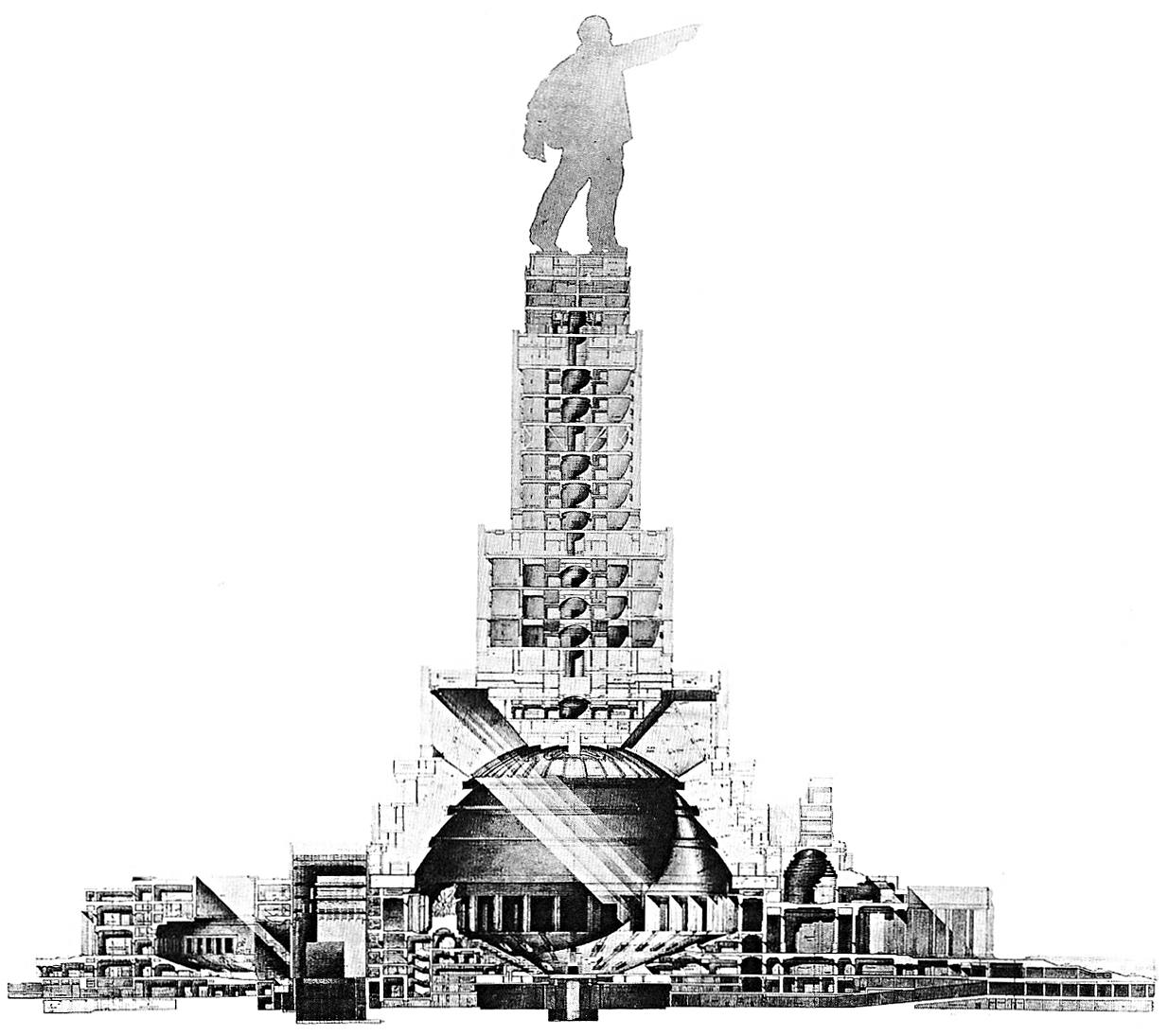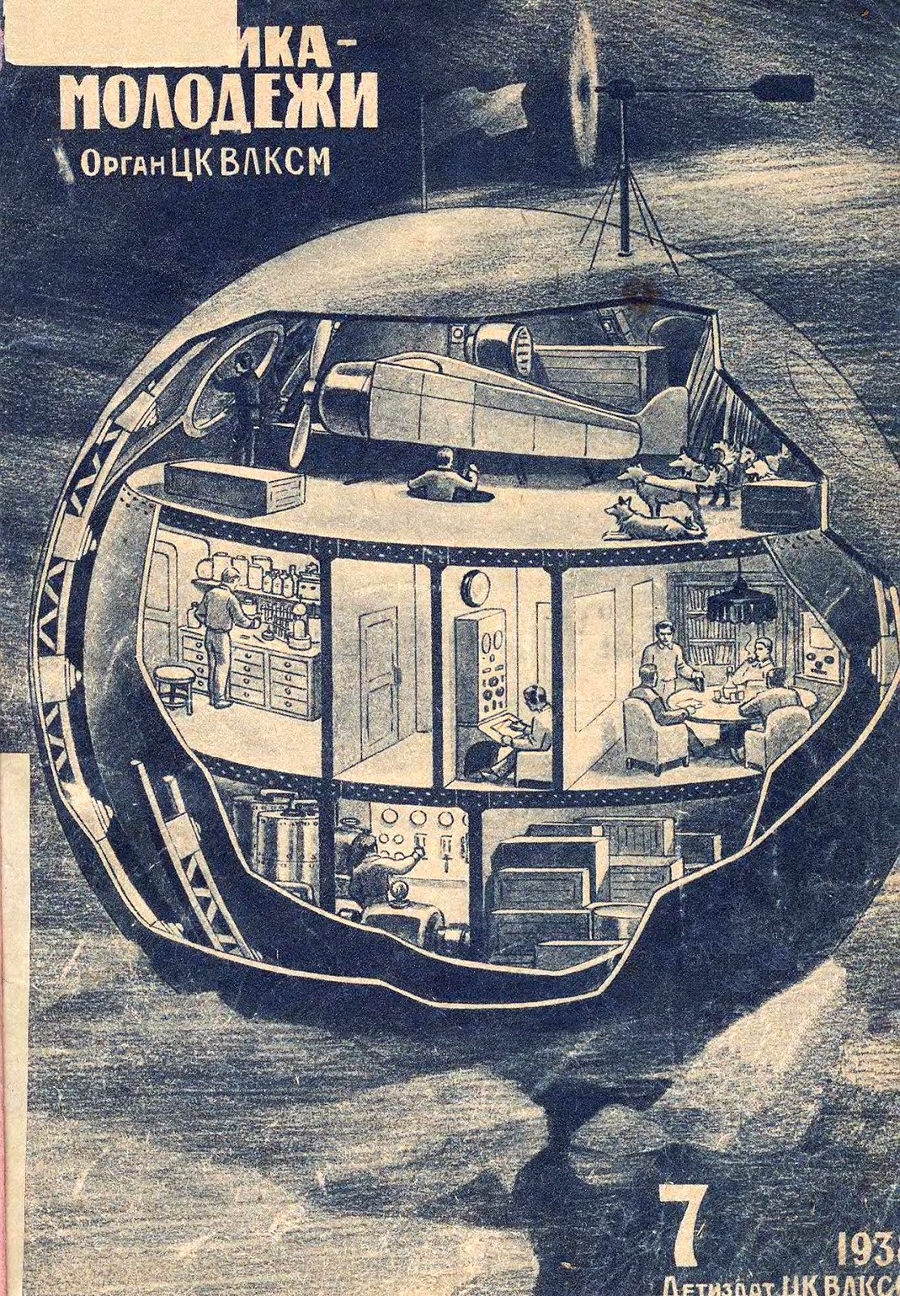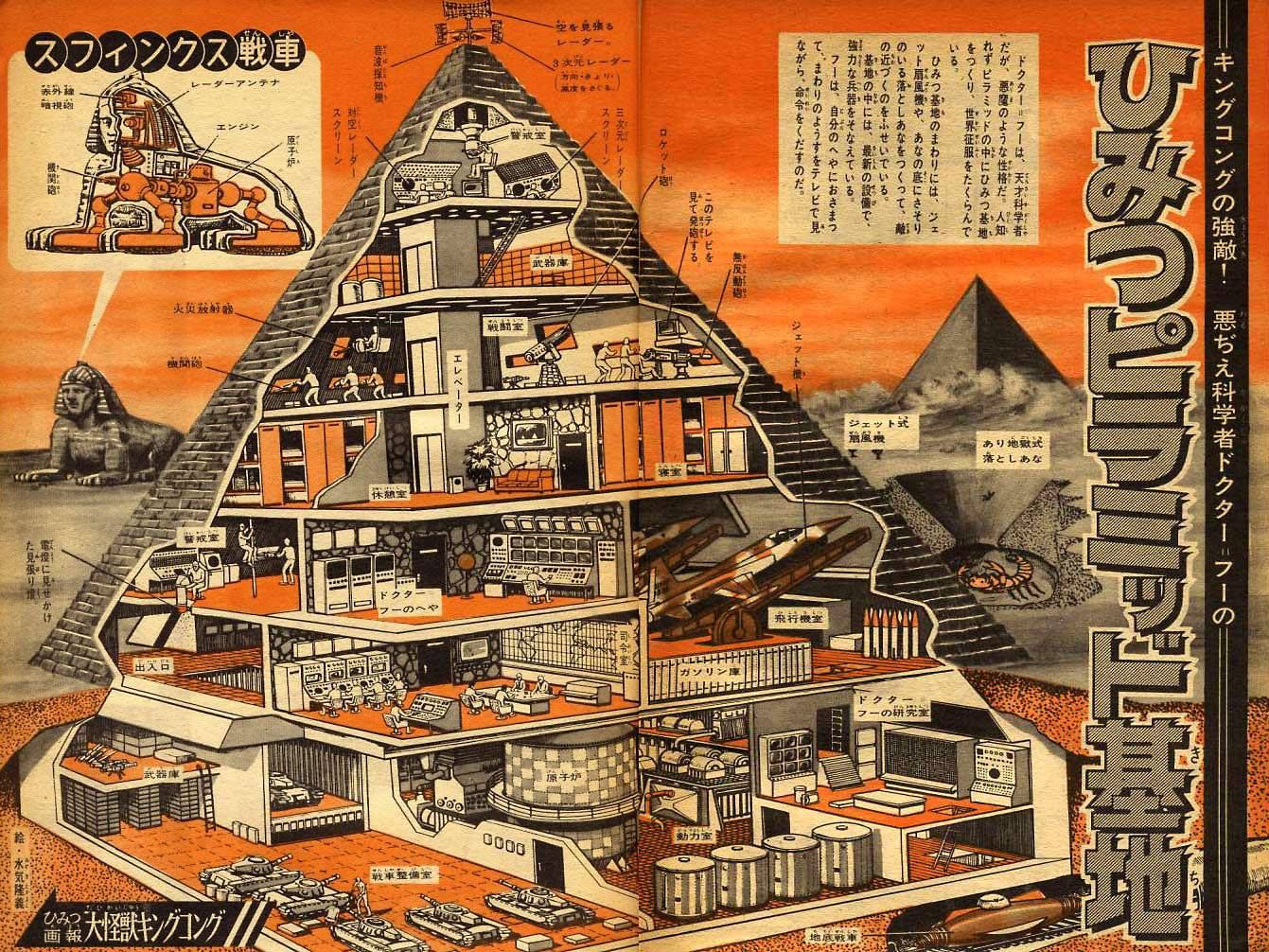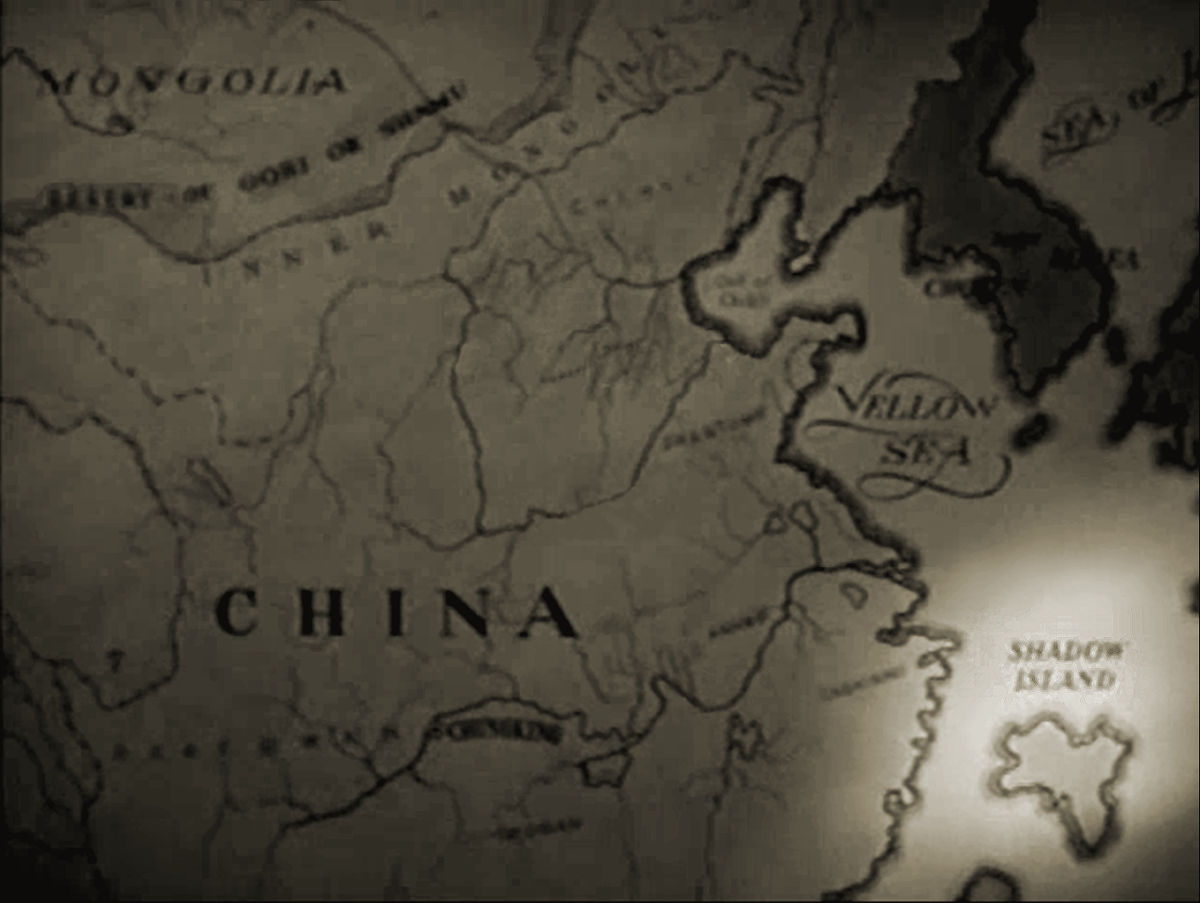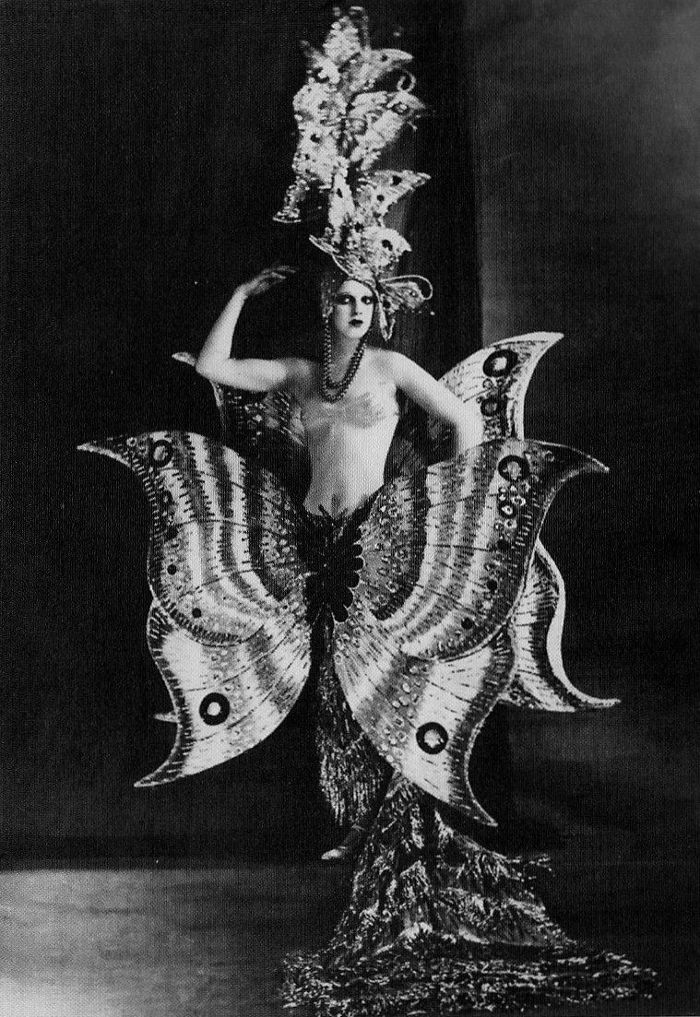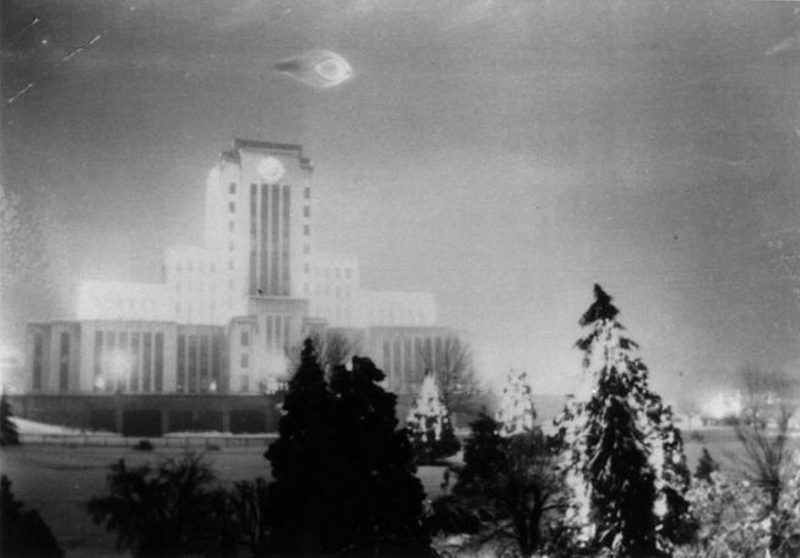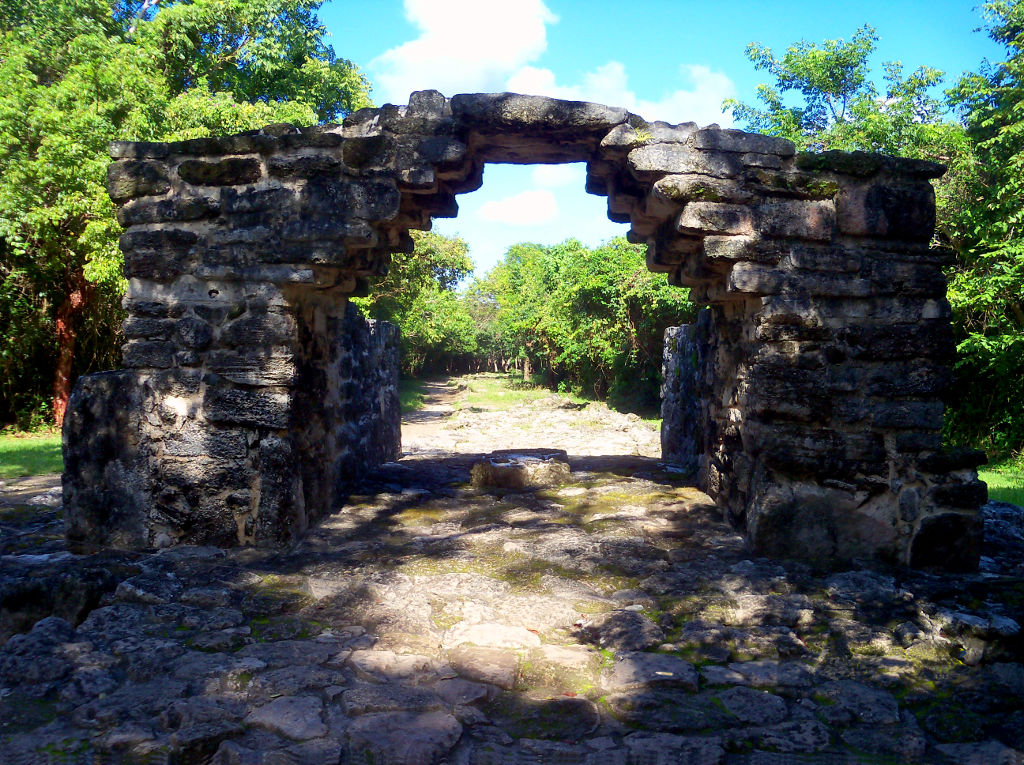“Roughly, it is a steel cylinder a hundred feet long, and jointed so that it may turn and twist through solid rock if need be. At one end is a mighty revolving drill operated by an engine which Perry said generated more power to the cubic inch than any other engine did to the cubic foot.”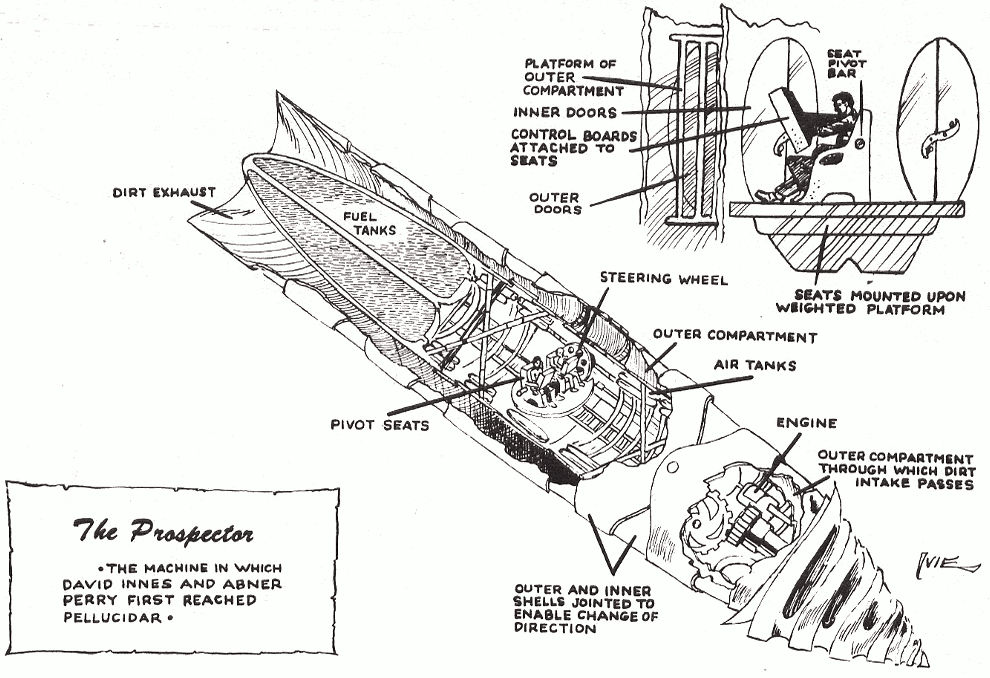
Category: Adventure Hooks
Adventures, characters and news stories to get the creative juices flowing!
Lost City of Etzanoa
In the early summer of 1601, Juan de Oñate, a conquistador who helped establish the Spanish colony of New Mexico, set out with 200 soldiers, several cannons, a dozen priests and others, on a search to find Quivira, a fabled city of gold. What he found though was the “most monstrous cattle” (bison), wide open prairie with “grasses so high that in many places they hid a horse” and a settlement on the Arkansas River of more than a thousand large, thatched-roof buildings, scattered among fields of corn, squash, and beans.
This map was drawn in 1602 by a Wichita Indian who was captured by the Spanish, the Lost City is located near present day Arkansas City in southern Kansas.
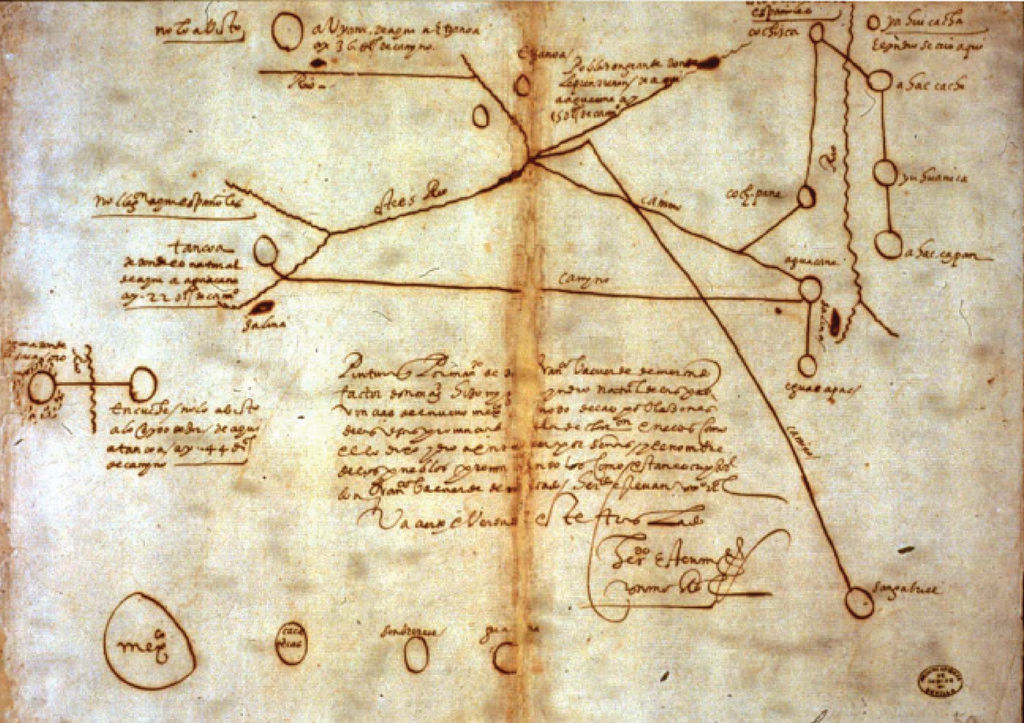
USSR Arctic Base, 1938
Secret Pyramid Base, 1967
Daisy Targeteer, 1937
Shadow Island
Shadow Island is the only neutral territory in Asia. Controlled by a man who goes by the name Lucky Kamber, he runs the island from his gambling operation called the “House of Shadows”. Purely a money-making endeavor, Lucky takes no sides in the war. Because of Lucky’s no extradition rules, Shadow Island has become a hideout and haven for spies and various criminals on the run from the law. The Japanese Empire allows Kamber to operate unhindered because of the useful service he provides. Solo, the manager of the House of Shadows, seems to have eyes on the back of his head, his card dealer Ah Fong is a Chinese operative and Lynn, who sells lottery tickets is an Australian double agent.
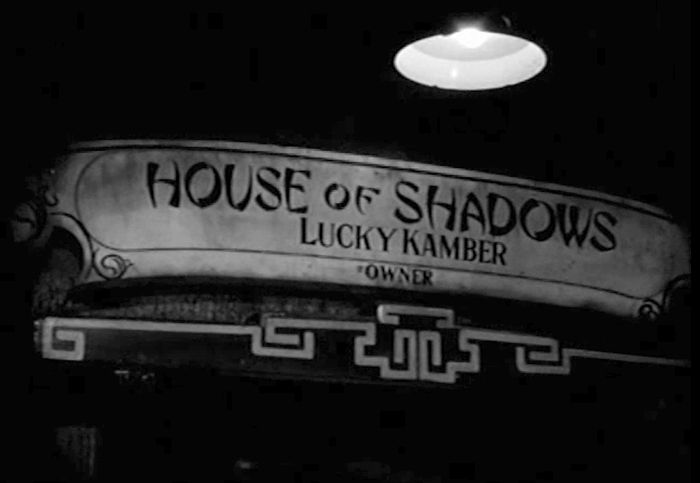
“Neutral means charging everyone the same price.” – Lucky Kamber
Itzpapalotl, 1900s
In Aztec myth, Itzpapalotl (“Clawed Butterfly”/”Obsidian Butterfly”) was a fearsome skeletal warrior goddess. She rules over Tamoanchan, the paradise of victims of infant mortality, the place where humans are created. As the mother of Mixcoatl, she could appear in the form of a beautiful, seductive woman or terrible goddess with a skeletal head and butterfly wings made of stone blades. Below is a Dancer in Paris, 1900s which could be used as a possible representation of Itzpapalotl
Vancouver UFO, 1937
Using a tripod to shoot Christmas lights at city hall, Leonard & Wilfred Lamoureux got an unexpected surprise
The two were suddenly astounded to see a “bright bright blue light” drop straight down from the sky. It became larger as it did and so they were able to observe the source of the light as an object that Leonard described as “two saucers” open ends facing each other, glowing bright blue. The object then moved “dead straight” horizontally across the sky. When it just appeared to clear the flagpole on the roof of the City Hall it came to an almost dead stop and Leonard clicked the shutter on the camera. The object then shot straight back up into the sky. “They never seen anything fly so fast!” This scared them to death and they ran from the scene. The object made no sound.
Source: ufobc.ca
San Gervasio, Cozumel
Most Mayan sites were found deep in the interior of their lands, with the exception of structures like Tumba del Caracol, San Gervasio was built roughly two miles from the nearest coast. It is believed that no human sacrifices were made at this location, mostly because there is no evidence of such a practice happening here; no skeletal remains, no artifacts, and no (human) sacrificial alter. Once in their life Mayan women would travel to San Gervasio and offer their sacrifices to Ix Chel, an aged deity of childbirth, and fertility. Like many Mayan sites, there was only one way in and out of San Gervasio. In this case it was through the arch pictured below. A white limestone road was be illuminated by the full moon which would lead travelers to the sacred site, where it is said that on a full moon, the moon appeared over the alter.
Palace of the Soviets, 1934
Cutaway view of the “Palace of the Soviets”, Moscow, concept by Boris Iofan. The Palace of the Soviets was to be an administrative center and congressional hall located in Moscow. It would have become the world’s tallest structure of its time. Construction started in 1937 and was terminated by the German invasion in 1941. During the war, its steel frame was disassembled for use in the war effort. It was never completed.
